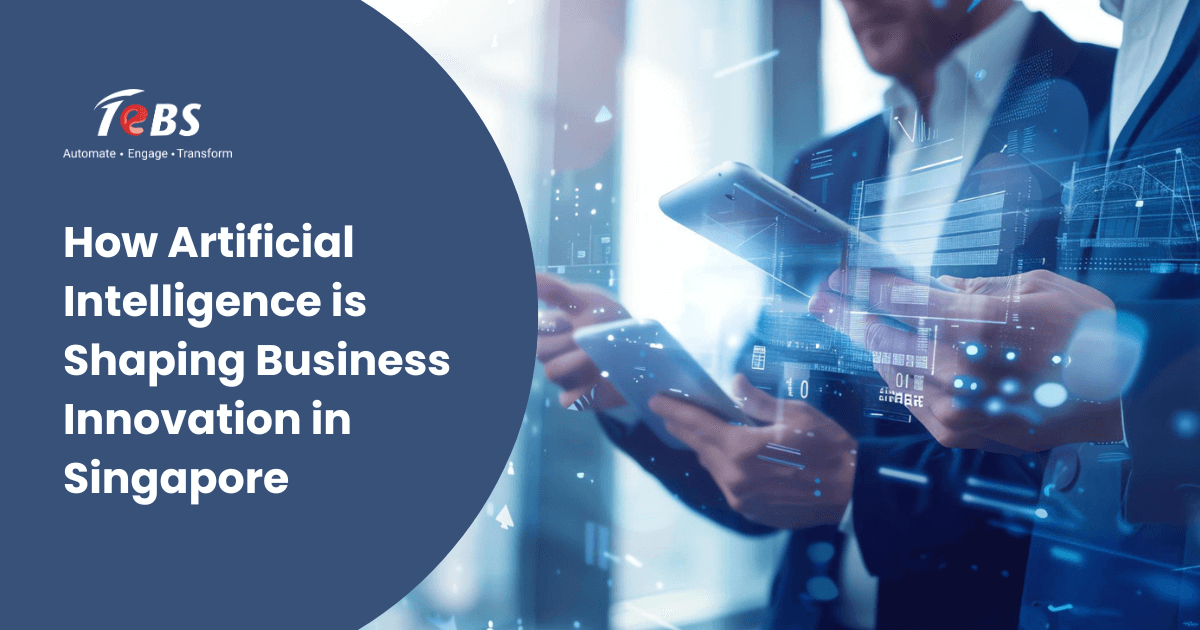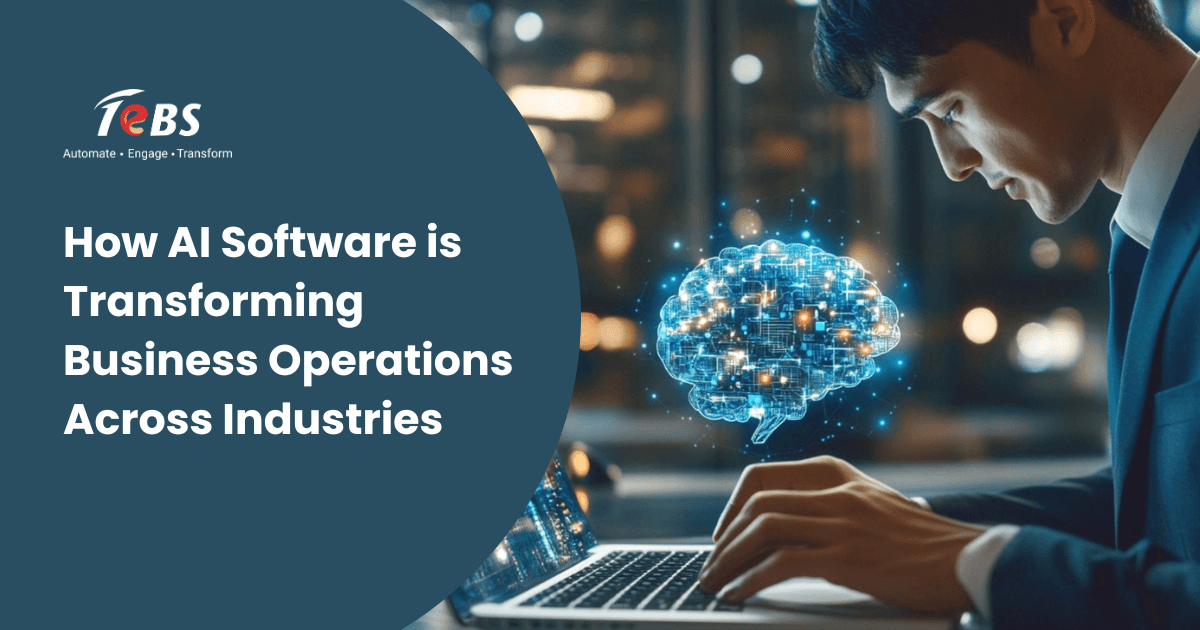Today, the process of managing documents is undergone an incredible transformation from going paperless to going smart. This is possible due to technological advancements. Speed, accessibility, and precision at the utmost level AI is automizing, organizing, and optimizing document workflows, thus revolutionizing records management.
Traditional Methods of Digitization vs. AI
When documents are scanned, AI traditionally replaces file naming and storing of documents as static images or PDFs. With these methods, data within documents can only be searched by indexation. Such techniques do not allow effortless searching, thus defeating the purpose of technology.
Human error is eliminated by AI -operated digitization that guarantees high standards. Documents are not only scanned, they are read, understood and arranged accordingly. One step forward, support machine learning, OCR, and natural language processing AI enhances compliance and operational speed by providing increased access. Instead of a box where paper documents are bundled, imagine that the user meets with documents with a digital library that meets user efficiency
Advantages of AI in Document Digitization
- Speed and Efficiency : AI reduces the time spent on dramatically manual functions. From document capture to classification and metadata tagging, hours of processes can now be completed in minutes. The solutions such as the intasenz of TeBS uses intelligent automation to accelerate approval, eliminate obstacles and streamline the entire document workflow.
- Accuracy and Error Reduction : Manual data entry is prone to mistakes. AI technologies, especially OCR and machine learning, are trained to minimize human errors by recognizing patterns, validating inputs, and correcting inconsistencies. The result is a higher level of accuracy in document processing, which is critical for compliance and decision-making.
- Smart Organization and Searchability : AI brings the structure to unnecessary data. With features such as advanced metadata tagging and complete reading search, the AI document transforms the repository into intelligent knowledge hub. For example, Intasenz provides powerful search equipment that allows users to detect files using custom tags or keywords – not much transfer through endless folders.
- Cost-Effectiveness : AI-powered digitization alleviates operational costs by lessening the need for manual labor, reducing the number of errors, and speeding up task completion. In addition to the costs associated with labor, businesses also reduce expenses for storage, paper, and printing, proving that AI technologies are a useful long-term investment.
- Scalability : AI can scale up or down seamlessly, regardless of whether you are working with 100 or 100,000 documents. TeBS IntaSenz and similar enterprise grade solutions are designed with flexibilities built into them to allow uninterrupted scaling with the increasing document process that accompanies growing organizational and workflow changes.
AI Technologies Used in Document Digitization
Optical Character Recognition (OCR)
The first step in intelligent digitization is OCR. It transforms scanned images and PDFs to text that can be read by computers. OCR does more than just read text; with AI, enhanced OCR scrambles and comprehends meaning, formatting and even hand-written words. This makes it perfect for complex forms, contracts, and invoices.
- Natural Language Processing (NLP) : Understanding and processing the human language can be handled with the aid of Natural Language Processing and in document digitization, NLP processes important data, classifies documents, and provides summaries. For instance, it can extract actionable information like pulling key dates or recognizing contract clauses.
- Machine Learning Algorithms : Systems should learn and get intelligent over time. AI models receive document corrections and suggestions, so with each new document, the models become smarter, increasing accuracy and relevance. This is incredibly helpful for automated document classification, anomaly detection, and predicting workflows.
Challenges and How AI Addresses Them
Even though there are significant benefits of digitization, hurdles such as inconsistent data privacy standards, poor scan quality, and document format variability can surface.
- Poor Quality Inputs: AI-enhanced OCR can handle low-resolution or poorly scanned documents by recognizing patterns and reconstructing missing data.
- Unstructured Data: Machine learning can classify and organize even messy or unpredictable document types into structured formats.
- Data Security: Solutions like IntaSenz come with robust encryption, audit trails, and role-based access controls to protect sensitive information.
- Compliance Requirements: With features like version control, retention policies, and audit-ready logs, AI systems help organizations meet regulatory obligations without manual oversight.
AI doesn’t just solve these problems it prevents them, providing a proactive approach to document management.
Using TeBS for AI-Powered Document Digitization Service
At Total eBiz Solutions (TeBS), we know that digital transformation involves more than technology; it’s about simplifying, expediting, and streamlining processes. This is the motivation behind developing IntaSenz, our AI-based intelligent document management system, which automates the cumbersome organizational processes for documents.
Key Features of IntaSenz:
- Intelligent Document Capture: Automatically capture and classify documents from emails, scanners, mobile devices, and more.
- Smart Indexing: Use machine learning to tag documents with metadata and keywords for effortless search and retrieval.
- Cloud-Based Repository: Secure, centralized storage accessible from any device, with permission-based controls.
- Advanced Search Capabilities: Locate documents in seconds using full-text search or custom tags.
- Workflow Automation: Route documents automatically for approval or processing, reducing turnaround times and manual dependencies.
- Compliance and Audit Trails: Stay compliant with built-in tracking, version history, and robust security protocols.
- Seamless Collaboration: Real-time editing, version control, and shared access empower teams to work smarter, together.
TeBS is also a trusted Microsoft Gold Partner and integrates seamlessly with platforms like SharePoint and DocuSign to provide a holistic contract and document management solution.
By combining powerful AI capabilities with customizable workflows, TeBS helps organizations across industries digitize at scale without losing control or compromising on compliance.
Conclusion
Incorporating Artificial Intelligence into document digitization is no longer futuristic thinking; it is the current norm for any business that values excellence, precision, and flexibility. AI’s impact on diminishing human error and providing sophisticated search features, instantaneous information retrieval, and enhanced document management is phenomenal and absolute.
TeBS, alongside industry-leading technology partners, is extending the benefits of IntaSenz to businesses of all scopes and sizes that want to transition to advanced, AI-powered document management. Regardless of whether you wish to extend digital access to archived files or modernize operational flows, we guarantee to enhance your pace and efficiency.
Ready to bring intelligence into your document workflows? Reach out to us at [email protected] Let’s make your document transformation a reality.





